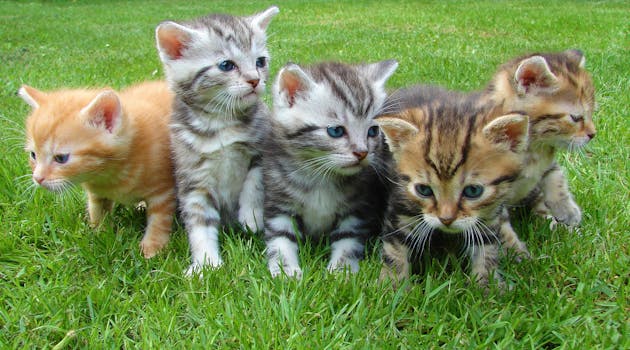Deciphering the Secret Language of Cats: Recent Studies on Feline Communication and the Meaning of Meows
Cats have long been regarded as enigmatic creatures, often leaving their human companions puzzled by their behaviors and vocalizations. Recent studies have begun to shed light on the complex language of felines, particularly focusing on the various meanings behind their meows. Understanding this secret language not only enhances the bond between cats and their owners but also improves the overall well-being of these beloved pets.
The Science Behind Feline Communication
Feline communication is a multifaceted system that includes vocalizations, body language, and even scent marking. While cats are known for their independence, they have developed a unique way to communicate with humans, which differs significantly from their interactions with other cats.
Vocalizations: The Role of Meows
Meowing is primarily a behavior directed towards humans. According to a study published in the journal *Animal Cognition*, cats have adapted their vocalizations to elicit specific responses from their human companions. Researchers found that cats can modify the pitch, duration, and frequency of their meows to convey different messages.
- Short, high-pitched meows: Often indicate a request for attention or food.
- Long, drawn-out meows: May express annoyance or demand immediate action.
- Chirps or trills: Typically used to greet their owners or show excitement.
Body Language: The Silent Communicators
In addition to vocalizations, cats use body language to express their feelings. Understanding these non-verbal cues is essential for interpreting a cat’s mood and intentions. Key body language signals include:
- Tail position: A raised tail often signifies happiness, while a lowered or puffed-up tail can indicate fear or aggression.
- Ear orientation: Forward-facing ears suggest curiosity, while ears turned back may indicate irritation or fear.
- Purring: While often associated with contentment, purring can also occur when a cat is in pain or anxious.
Case Studies: Understanding Individual Cat Communication
Recent case studies have highlighted the importance of individual cat communication styles. For instance, a study conducted by the University of Tokyo observed a group of domestic cats and their interactions with their owners. The findings revealed that each cat had a unique set of vocalizations tailored to their specific human companions.
One notable example involved a cat named Luna, who developed a series of meows that her owner, Sarah, quickly learned to interpret. Luna’s high-pitched meow was her way of signaling hunger, while a softer, lower meow indicated she wanted to be petted. This personalized communication not only strengthened their bond but also allowed Sarah to respond more effectively to Luna’s needs.
The Impact of Environment on Feline Communication
The environment in which a cat lives can significantly influence its communication style. Cats raised in multi-pet households may develop different vocalizations compared to those in single-pet homes. A study published in *Applied Animal Behaviour Science* found that cats in crowded environments tended to use more aggressive vocalizations, likely as a means of asserting dominance or seeking attention.
Conclusion: Bridging the Communication Gap
Understanding the secret language of cats is an ongoing journey that requires patience and observation. Recent studies have provided valuable insights into feline communication, revealing that meows are not just random sounds but rather intentional signals designed to convey specific messages. By paying attention to both vocalizations and body language, cat owners can foster a deeper connection with their pets.
As we continue to explore the intricacies of feline communication, it becomes clear that our cats are not just pets; they are complex beings with their own unique ways of expressing themselves. By learning to decipher their meows and body language, we can enhance our relationships with these fascinating creatures and ensure their happiness and well-being.
